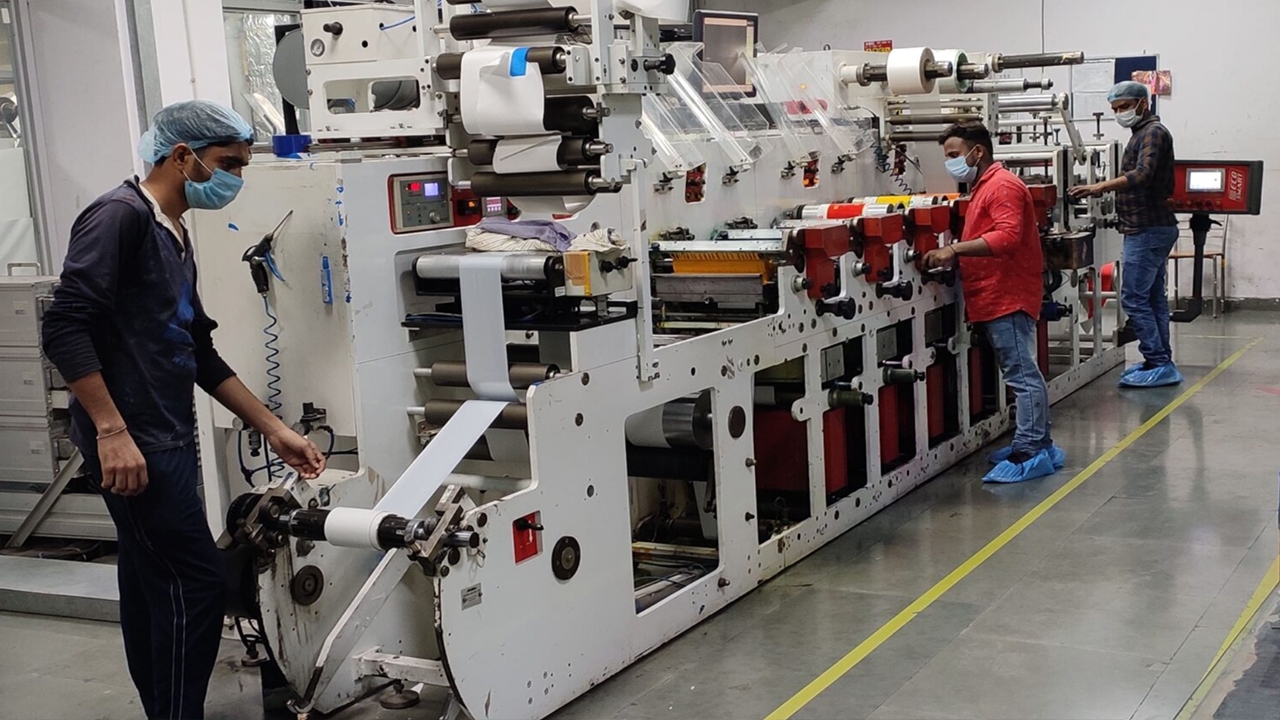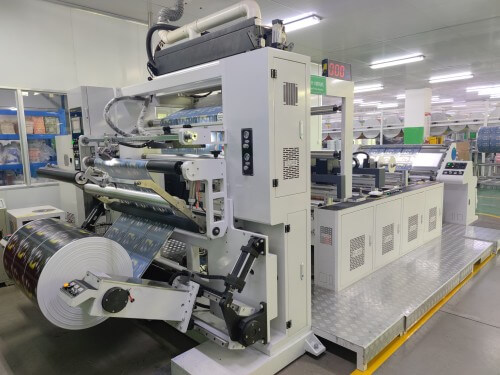In today’s rapidly advancing technological world, anti counterfeit printing in electronics has become an essential component in safeguarding the integrity of electronic products. As the electronics industry continues to grow, so does the challenge of counterfeiting, which can have severe implications for both manufacturers and consumers. It’s vital to understand the significance of anti counterfeit measures and how they are implemented within the electronics industry.

The Importance of Anti Counterfeit Printing
Counterfeiting in electronics not only poses risks to brand reputation but also compromises consumer safety. With the increasing sophistication of counterfeiters, implementing robust anti counterfeit printing solutions is more critical than ever. These measures ensure that products are genuine, safe, and reliable, thus maintaining consumer trust and preventing financial losses.
How Anti Counterfeit Printing Works
Technological Innovations
Technological advancements have paved the way for innovative anti counterfeit printing techniques. These include the use of complex printing methods, such as holography, microtext, and unique barcodes, which are difficult to replicate. These technologies provide an additional layer of security, making it harder for counterfeiters to imitate genuine products.
Integration with Electronics
The integration of anti counterfeit features in electronics involves embedding security elements directly into the products. This can include the use of RFID tags and QR codes, which are easily scanned to verify authenticity. For instance, RFID tags in printing have become a popular choice due to their efficiency in tracking and verifying products.
Challenges in Anti Counterfeit Printing
Complexity and Cost
One of the primary challenges of implementing anti counterfeit printing is the complexity and cost associated with developing and maintaining these security features. Companies must invest in advanced technologies and processes, which can be expensive and time-consuming. However, the benefits often outweigh the costs, as these measures protect against significant financial losses due to counterfeiting.
Staying Ahead of Counterfeiters
Another challenge is staying ahead of counterfeiters, who are constantly evolving their techniques. It’s crucial for companies to continuously innovate and improve their anti counterfeit strategies to remain effective. This requires ongoing research and development, as well as collaboration with industry experts and organizations.
The Future of Anti Counterfeit Printing
Emerging Technologies
The future of anti counterfeit printing in electronics looks promising, with emerging technologies offering new solutions to combat counterfeiting. Innovations such as blockchain technology and artificial intelligence are being explored to enhance security measures further. These technologies have the potential to revolutionize the way products are authenticated and tracked.
Industry Collaboration
Collaboration within the electronics industry is essential for developing effective anti counterfeit strategies. By working together, companies can share knowledge, resources, and technologies to combat counterfeiting more effectively. Organizations such as the Rotech Machines are at the forefront of promoting industry collaboration and innovation in anti counterfeit solutions.
Conclusion
In conclusion, anti counterfeit printing in electronics is a crucial aspect of ensuring the authenticity, safety, and reliability of electronic products. As technology continues to advance, it’s essential for companies to invest in and adopt robust anti counterfeit measures. By doing so, they can protect their brands, consumers, and bottom line from the detrimental effects of counterfeiting.

FAQs
What is anti counterfeit printing in electronics?
Anti counterfeit printing in electronics involves using specialized printing techniques and technologies to prevent the replication and sale of counterfeit electronic products.
Why is anti counterfeit printing important?
Anti counterfeit printing is important because it protects brands, ensures consumer safety, and prevents financial losses caused by counterfeit products.
How do RFID tags help in anti counterfeit printing?
RFID tags help in anti counterfeit printing by providing a unique identifier for products, making it easier to verify their authenticity and track their movement through the supply chain.
This article contains affiliate links. We may earn a commission at no extra cost to you.







